
Is that a particle accelerator in your pocket or are you just pleased to see me? Scientists investigating the mysteries of the sub-atomic domain could soon benefit from the dramatic results achieved with a micro-accelerator for electron beams. In a remarkable demonstration of the potential of laser-wakefield acceleration, scientists at the Lawrence Berkeley National Laboratory (LBNL) have accelerated electron beams to energies exceeding a billion electron volts (1 GeV) in a distance of just 1.3 inches (3.3 centimeters).
As a comparison, the Stanford Linear Accelerator Center boosts electrons to 50 GeV, but over a distance of two miles (3.2 kilometers). Traditional accelerators like Stanford’s, which use radiofrequency cavities, are limited to about 20 million volts per meter. In the new system, however, the electric field of a plasma wave driven by a laser pulse can reach 100 billion volts per meter, theoretically achieving the same energies as Stanford’s accelerator in only one-two-thousandth of the distance. “Billion-electron-volt beams from laser-wakefield accelerators open the way to very compact high-energy experiments and superbright free-electron lasers,” said researcher Wim Leemans.
Common to all laser wakefield techniques, the plasma is formed by heating the hydrogen gas enough to disintegrate its atoms into their constituent protons and electrons. A laser pulse traveling through this plasma creates a wake in which bunches of free electrons are trapped and ride along, much like surfers riding the wake of a ship. After propagating for a distance known as the “dephasing length” the electrons outrun the wake. This limits how far they can be accelerated and thus limits their energy. To increase the dephasing length requires lowering the plasma density, but at the same time the collimation of the laser beam must be maintained over the longer distance.
One way to achieve this is to increase the spot size of the laser beam, since this reduces diffraction. “The trouble with this approach is that if you double the size of the spot, you have to quadruple the laser power just to maintain the same intensity over the area of the spot,” Leemans explained.
As well as requiring more expensive and cumbersome lasers, increasing the spot size creates other problems. “There’s the risk of increased electron emittance, meaning the beam spreads out and becomes hard to focus,” said Leemans. “Free-electron lasers are one of the most promising applications for laser-wakefield accelerators, but they depend on all the electrons in the beam being uniformly in phase.”
Rather than increasing laser power, Leemans’ team took a different approach. They created a guide channel for the drive-laser pulse that creates the plasma wakefield. They did this by drilling a wire-thin channel of plasma through a plume of hydrogen gas with an igniter pulse; when heated by a separate laser pulse, the plasma expanded inside the channel so that its density was near vacuum in the center but much higher near the walls. Like an optical fiber, the channel served to guide and shape the pulse from the drive laser for distances up to two millimeters.
While limitations with this technique soon became apparent, the advantages of channel guiding higher-intensity pulses from lower-power lasers with little energy spread were strong incentives for Leemans’ group to continue with the channel approach.
It was then that Leemans met Simon Hooker, from Oxford University, whose group had been studying plasma channel guides and their application to driving x-ray lasers and plasma accelerators for several years. Hooker showed Leemans a capillary channel guide carved into sapphire. “How many laser shots can it take?” Leemans asked. “As many as you like,” replied Hooker, and so a collaboration began.
In the new experiments, Hooker and his group provided one of the Oxford waveguides and Leemans and his group provided powerful lasers, engineering capabilities, and unique know-how in driving laser-wakefield accelerators in waveguides. The guide capillary consists of two half-channels cut into the face of matching sapphire blocks; when the blocks are joined face to face, the halves of the channel form a thin tube. Other tubes come in at right angles fore and aft, through which hydrogen gas flows. Electrodes are placed near each end of the capillary.
To create the plasma, a capacitor discharges current through the capillary from electrode to electrode. Almost instantly the electric discharge heats the newly formed plasma, creating an optical-fiber-like channel inside the capillary, with low plasma density in the hot center and high density plasma against the channel’s cool sapphire walls. “Each cross section of the channel acts like a positive lens, continually focusing the beam toward the center of the channel,” explained Hooker. Timing is critical in the system. After a brief delay, the drive pulse from a 40 TW laser generates an intense and powerful wake in the plasma, trapping bunches of free electrons and accelerating them to over 1 GeV within the capillary’s 3.3 centimeter length.
When it passes through the capillary, the researchers use a deflecting magnet and a meter-wide phosphor screen to measure the beam’s energy, energy spread, and divergence. With an acceleration path more than 15 times as long as that reported in 2004 – the longest distance over which such intense laser pulses have ever been channeled – and with four times its peak laser power, the tightly focused electron bunches reached 1 GeV. For the first time, a laser-driven accelerator reached the beam energies typically found in conventional synchrotrons and free-electron lasers.
“It’s the tip of the iceberg,” said Leemans. “We are already working on injection [inserting an already energetic beam into an accelerating cavity] and staging,” the handoff of an energetic beam from one capillary to the next and subsequently to others, until very high energy beams are achieved. Leemans’ group and their Oxford collaborators look forward to the challenge with confidence, predicting energies of 10GeV with an accelerator less than a meter long.

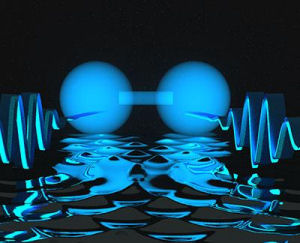

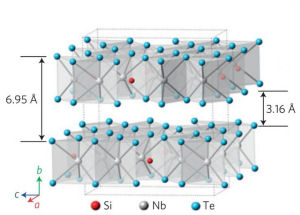
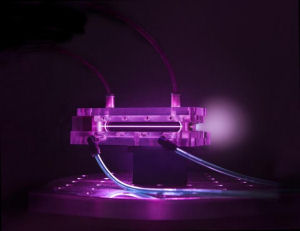



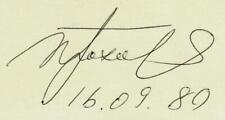
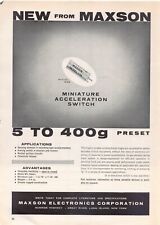
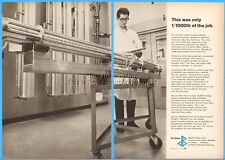
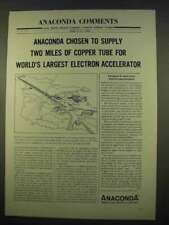
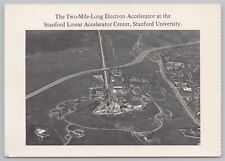
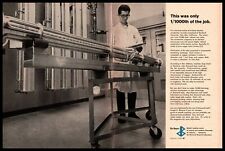
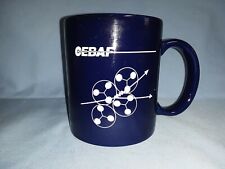
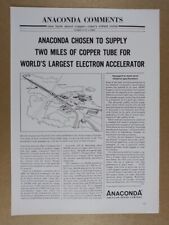
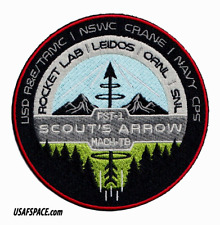
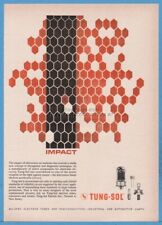
Comments are closed.